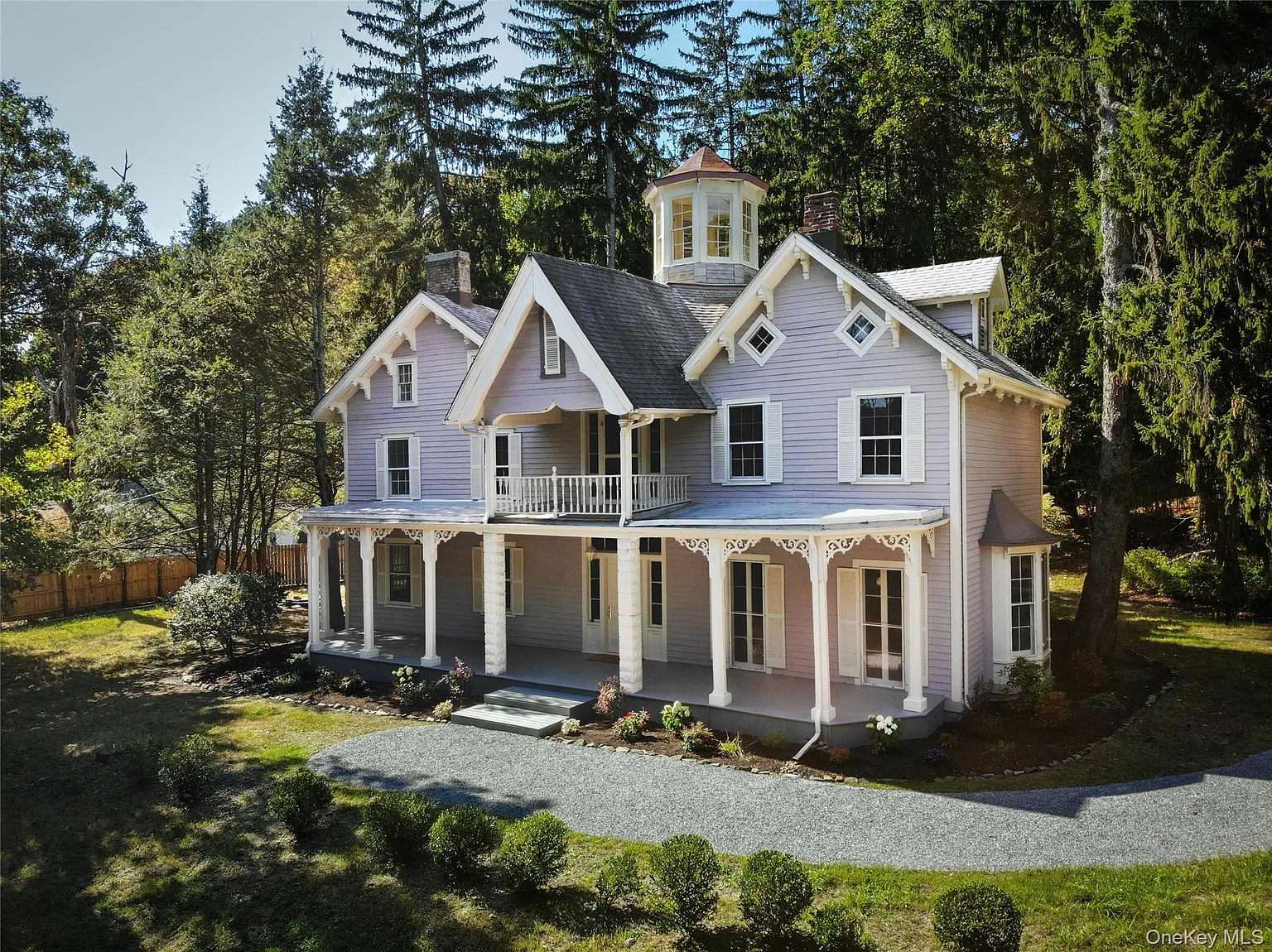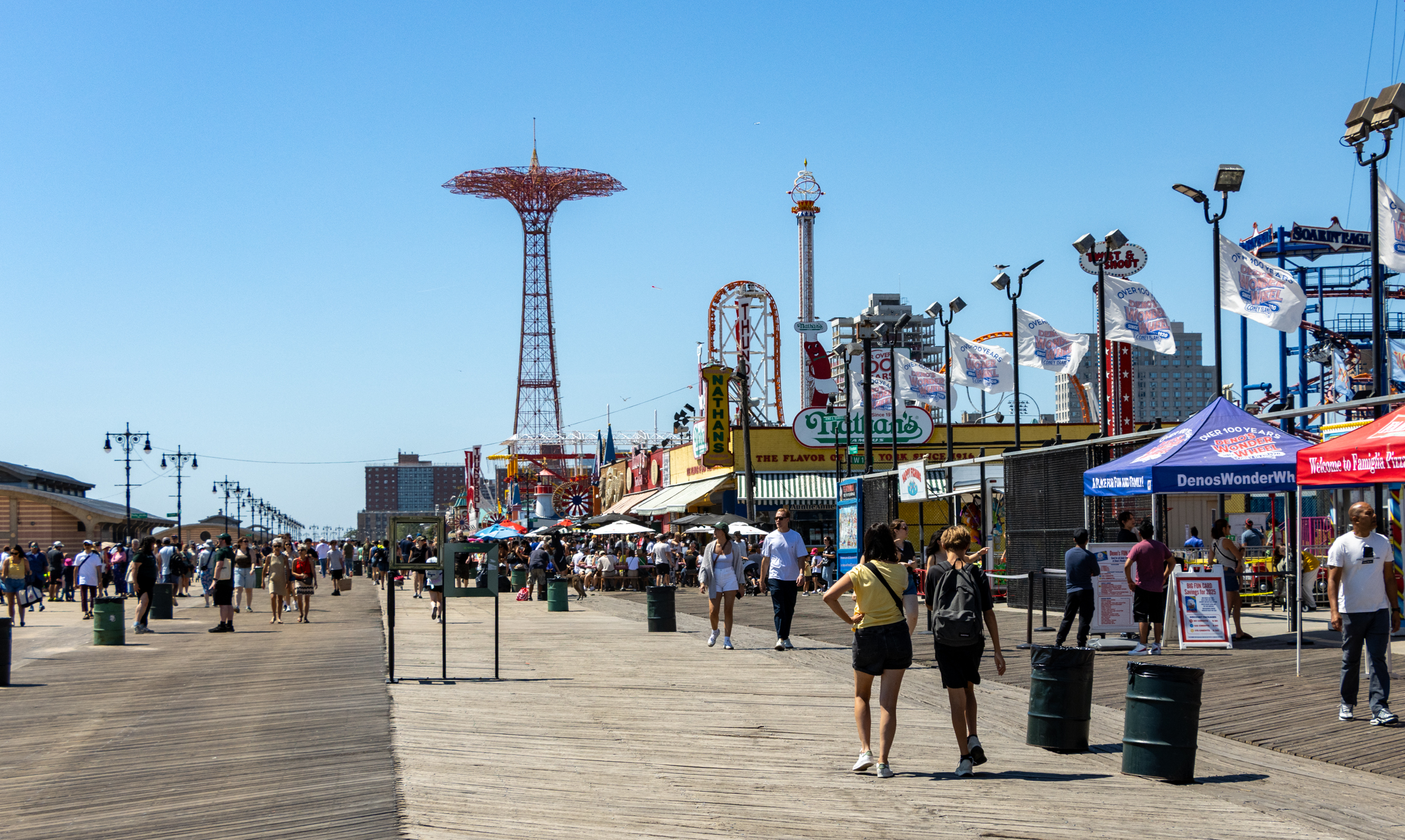Brownstoner in Berlin: Part 1
We landed in Berlin this morning at 8 a.m. and, since we couldn’t check into our hotel until noon, went straight to our friends’ apartment in Mitte off Prenzlauer Allee. It’s in a traditional six-story stucco-style building with wide floor planks and beautiful plaster ceiling moldings. The place has six large rooms off a central…


We landed in Berlin this morning at 8 a.m. and, since we couldn’t check into our hotel until noon, went straight to our friends’ apartment in Mitte off Prenzlauer Allee. It’s in a traditional six-story stucco-style building with wide floor planks and beautiful plaster ceiling moldings. The place has six large rooms off a central hallway with ten-foot ceilings for a total of, we’d guess, about 1,200 square feet. The rent? 675 euros. We’d appreciate recommendations for neighborhoods for us to explore over the next couple of days. Ideas? GMAP





I am liking that pendant light fixture in the dining room. Can you bring us home one?
10:23, the east germans just didnt have the money to rip everything down to build new buildings. Which is good, becasue the places where they did build a lot (Marzahn for instance) are really, really hideous.
Check out Friedrichshain/ simon dach strasse, it’s what I imagine the east village was like back in the day.
Berlin doesnt have the most vibrant economy but still has a pretty decent quality of life given how cheap everything is there–probably a good half as expensive as London and a cooler city (IMHO).
I understnd that the Germans are planning to demolish the old Communist People’s Hall, which is a bargain-basement Mies knok-off, and rebuild the old Royal Palace in its place. Wild.
It is true that the vast majority of the city center was destroyed during the war, but mnay of the outer residential areas survived. Lots of areas, specifically in the east, were actually spared of the Allied bombing. However, much of the area suffered tremendous damage in the actual Battle of Berlin (April 1945). Since the Germans committed such horrible acts in Russia during the war from 1941 until 1944, many Russians were out for revenge when the entered Germany and went about destroying as much of they could.
I’ve been to Berlin twice. The first time, during the mid 90s, I saw quite a bit of actual damage from the battle. Most of the limestone facades still showed substantial damage from bullets and shrapnel. During the Communist years, most of this damage was never fixed. I’m pretty sure there was a law passed that the facades had to be repaired by the year 2000. When I went back in 2003, it appeared that everything had. Berlin is an intersting place in that it is primarily a modern city since very little of the old architecture survived. However, there still is a lot of great stuff to see.
I’m jealous, I wish I was there now.
Ugh! Leipzig is uber-depressing.
Potsdam is nice. Leafy. Nice villas.
The museum island is nice too, some of the galleries are almost empty as most of the art is now in Russia somewhere. Putin’s office? Interesting city. Very green, everything is government-subsidized and regulated. The urban planning is very strict as you would expect from the Germans.
i love berlin. i was there 2 weeks ago. kreuzburg is amazing. get off at kottbusser Tor U stop – lots of bars, food and good people watching. or ride a bike – which is the best way to see the city.
To see stark architectural contrasts, take a day trip (or half-a-day, its that close) to Leipzig. A good portion of the City was rebuilt in the socialist-bunker-style school of architecture. However, there are still a few gems that survived the bombings as well as some interesting modern structures.
“German unemployment rate is still 8.8 percent, on AVERAGE, and yes Berlin has one of the highest rates in Germany”
no,
according to the same ft article
“the latest internationally comparable figures released by the Federal Statistical Office put February’s rate at 7.5 per cent.”
a few percentage points in difference isn’t much. Berlin is a vibrant city, just like new york, and the german economy is no slouch either. Some unemployed east germans does not say anything about relative rents, city to city.
New york real estate values, and rents, are far above their underlying economic value to the owners.